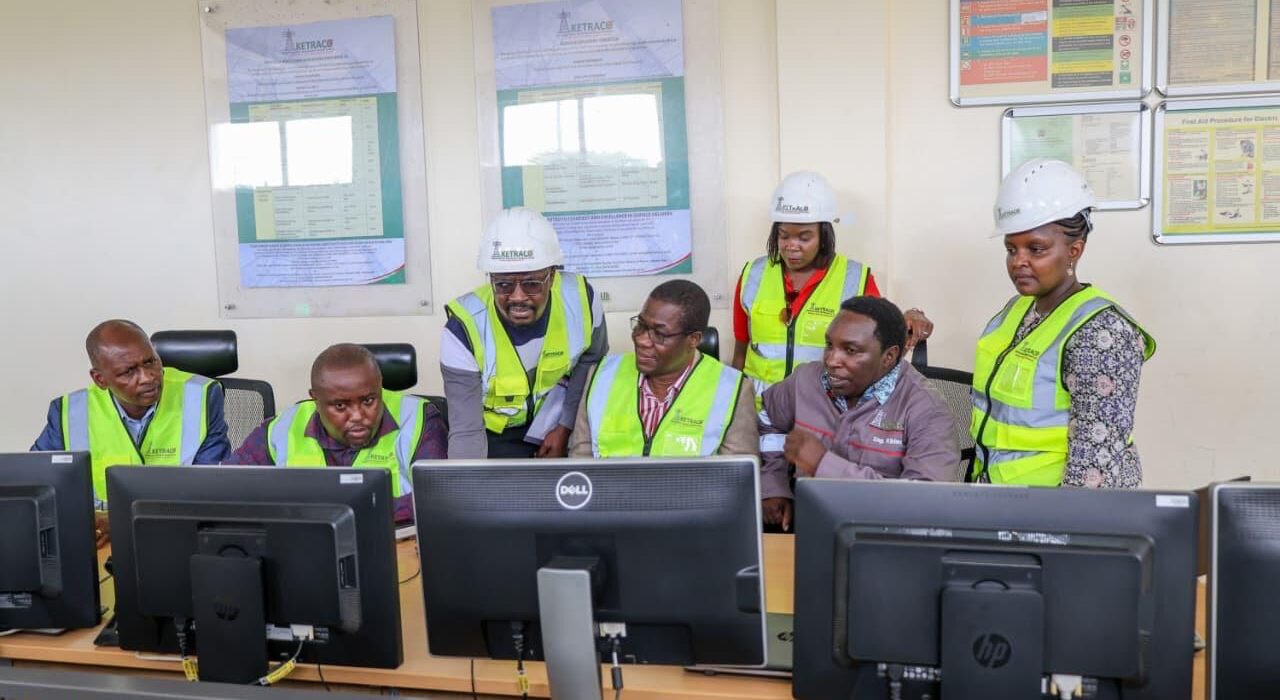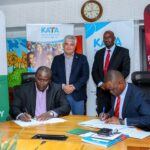The Kenya Electricity Transmission Company Limited (KETRACO) has successfully completed restoration works on the Loiyangalani–Suswa 400kV Double Circuit Transmission Line, a critical project that strengthens the resilience and reliability of Kenya’s national power grid.
Project Scope and Execution
The restoration involved the design, supply, and erection of six new transmission towers to replace collapsed structures near Longonot, alongside conductor stringing and Optical Ground Wire (OPGW) installations. The contract was awarded to Elemech Engineering Limited in November 2024.
The project was implemented in phases: Circuit 1 was energized on 20th September 2025, while Circuit 2 is scheduled for energization on 28th September 2025, fully restoring the line to its original operational capacity.
Boosting Renewable Energy Evacuation
Completion of the transmission line is a major step in enhancing evacuation of power from the Lake Turkana Wind Power (LTWP) plant, which contributes up to 300 MW of renewable energy to the national grid. It also eliminates frequent outages associated with temporary bypass structures and reinstates N-1 contingency—a key safeguard that ensures grid stability in the event of unexpected faults.
Cabinet Secretary for Energy Opiyo Wandayi, who presided over the commissioning, said the improved capacity will deliver more stable, affordable, and clean energy to Kenyans while supporting economic growth.
“This successful completion directly supports the Government’s Bottom-Up Economic Transformation Agenda by ensuring reliable electricity supply to industries, SMEs, and households. It also reinforces Kenya’s commitment to clean energy expansion under Vision 2030 and international climate obligations,” he said.
Improved Reliability and Lower Costs
KETRACO Acting Managing Director Eng. Kipkemoi Kibias noted that restoring both circuits enhances overall system security and cuts operational expenses.
“With both circuits now fully operational, we’ve restored the grid’s resilience and efficiency. The N-1 contingency means the system can withstand unexpected faults without major disruptions. This not only improves reliability for consumers but also reduces the financial and operational burden of maintaining temporary infrastructure,” he explained.
Investment in Grid Infrastructure
The restoration project cost approximately KES 46.1 million and USD 1.6 million, underscoring the government’s continued investment in strengthening Kenya’s transmission backbone to support industrialization and economic growth.





